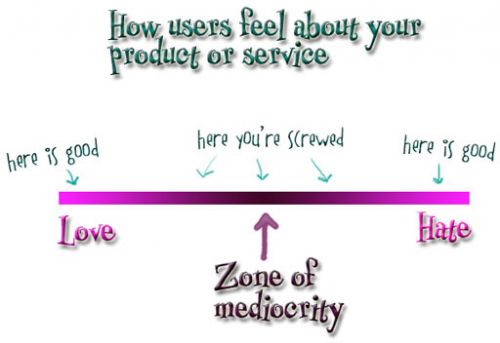May 3, 2011

All very important concepts on this blog. And in your organization. At the core of every one of them is trust. Or the lack thereof.
Think of any relationship you have — personal or professional. How close you feel to that person is directly correlated to how much you trust them. The deeper the trust, the deeper the relationship. And the deeper the relationship, the more likely it is to be long lasting. Which from your business’ point of view translates to more profitable. (This works the same with employees, by the way)
The only thing more painful that being in a relationship where you are not trusted… is being in a relationship where you cannot trust. In fact, no real relationship can exist where trust does not.
So sooner or later… it will go away.
Notice that I didn’t say like, love, respect, or admire. We can like or even love someone and not trust them. We can respect someone’s work or intelligence and not trust them. We can even admire someone’s abilities or talents and still not trust them.
I can be the most innovative, proactive, on the cutting edge, smartest marketing guy in the world — but if you don’t trust me and believe that I have your best interest at heart — you simply won’t be able to do business with me over the long haul.
Why? Because there will always be that nagging doubt. You will always question my sincerity. You will see hidden motives and meanings, even if they don’t exist. Even when I offer rationale and truthful explanations — you’ll wonder what’s underneath.
Trust defies logic, fact and truth. It’s all about the gut. Factually accurate or not — it is innate in nature.
I know with certainty (and you know this about your company as well) that clients hire us based on how they feel about us. And in our case, being a marketing agency — they are bringing their hopes, dreams, fears, baggage, dirty laundry and secrets with them. They are hoping like crazy that they can spill that bag onto our conference room table and let us see it all and help them sort it out.
But first, they need to decide if they trust us. Do we really care or are we just trying to get their money? And your clients are asking themselves the same questions about you.
So how do you create an atmosphere of trust? How do you reassure prospects and current clients that you’re worthy of their trust?
Be human: We make mistakes. We don’t know all the answers. We forget things. When any of those happen with a client — say so. And point it out before they notice.
Example: I honestly don’t know how to get our software to give you the information you need. But, I’m on it and will report back.
Be honest about what you can/can’t do: You’re not the best at everything. You have strengths and weaknesses as an organization. Disclose those and show how you overcome them.
Example: Our strength is really in the writing and directing sides of things. We partner with a very good videographer to shoot. Their costs are already included in the estimate.
Care: Don’t say that you care — actually care. And caring is an action verb. Do things that demonstrate that your customer’s best interests matter to you. Go out of your way. Regularly.
Example: We didn’t replace the gasket because we couldn’t get your car to act up the way you described. So, we called the dealership and they didn’t know. Then, we called Ford and they faxed us some information and it turns out, it was your flibberdejibbit.
Behave in a way that creates trust: Trust is strengthened or weakened by actions. There’s a reason we all know the axiom — actions speak louder than words. It’s harder to mask true intentions in a behavior than it is to sugar coat some words.
Examples: Create simple, easy to understand invoices. Always be happy to over explain when a customer has a question about your process, your costs or your intentions.
We want to create love affairs with our customers. That can’t happen without earning their trust. Trust is what drives word of mouth. Trust is what earns loyalty. And trust is at the heart of any relationship worth having.
Note: Today (May 3rd) is the International Day of Trust. You can read more about it on the Entente site or their Facebook page. This also ties very nicely into a project I’ve been working on with some friends — the Connection Agency.
So today — imagine a world built upon trust. Feels pretty cool to me. Maybe tomorrow we can start to build it?
More















